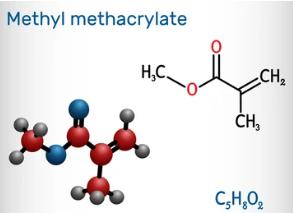Esters and acids are the main flavoring substances of wine. The total acid and esters change as the wine is stored for a longer period, including a decrease in esters and an increase in acids. The excessive content of esters and acids in wine will often cause loss of light, turbidity, and precipitation in white wine, which will seriously affect the sensory quality of the product and also affect the inherent quality of the product. Alcohol blended wine is mixed with flavors and fragrances, namely acids and lipids, which mainly solve the problem of taste and texture under the premise of meeting national standards. The content of total acid and total ester in wine directly affects the quality of wine, so the determination of total acid and total ester has considerable significance in production. Lifeasible offers high-precision instruments to help customers test the quality of their wine. Our services are designed to make wine quality identification more scientific.

Total acid and total esters are one of the main physicochemical indicators in wine testing. Different grades of wine have different acidity and ester requirements, with superior grades being higher than the first. As one of the leading suppliers of wine testing, Lifeasible offers comprehensive solutions for the determination of total acids (mainly acetic acid) and total esters (mainly ethyl acetate, ethyl lactate, ethyl caproate, ethyl valerate, and many other components) in wine. Our laboratory will conduct tests in strict accordance with international standards to provide reliable analytical results.
Our total acidity and total esters test is only a physical and chemical indicator of compliance with international standards and does not reflect the actual quality of the wine. For purely brewed spirits, the total acid and total esters content of the physicochemical index reflects the product's intrinsic quality.
Below are our solutions for testing acids and esters in wine. Customers can choose any of the items or combinations as desired.
Our total wine acid and total ester assay solutions offer excellent reproducibility and accuracy for different types of wine, and the results are fully compliant with standards. Customers can control the total acid and total ester content of their wines based on the assay results, combined with the requirements for total acid and total ester content in international standards and sensory requirements. If you are interested in our solutions, please contact us for technical consultation and quotation.